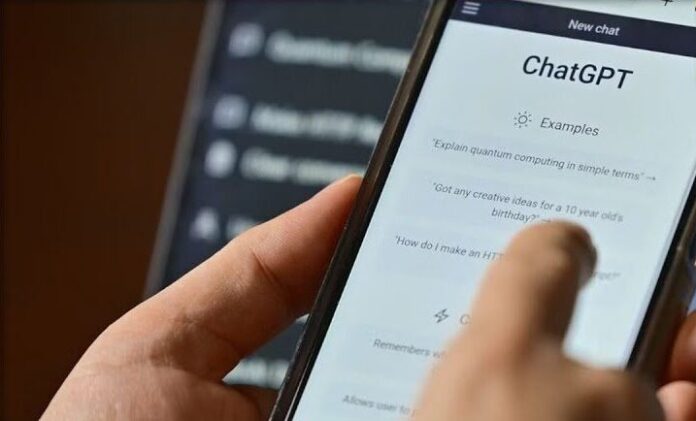From a Polish radio presenter replaced by AI avatars to an Indonesian illustrator sidelined by Midjourney
Mateusz Demski, a 31-year-old freelance journalist from Kraków, Poland, was once a familiar voice on Radio Kraków, hosting a popular culture and cinema show. But in August 2024, Mateusz and a dozen part-time colleagues were laid off, officially due to financial difficulties. What made matters worse was learning months later that the station had replaced them with AI-generated avatars — complete with photographs, biographies, and personalities — targeting younger listeners.
One of the AI hosts was a live “interview” with Polish Nobel laureate Wisława Szymborska, who died 12 years ago, sparking outrage over the ethics of digitally resurrecting deceased figures. “Radio is created by people for other people,” Mateusz said. “We cannot replace our experiences, emotions, or voices with avatars.”
For one queer colleague, the AI’s non-binary “Alex” persona, billed as a specialist in LGBTQ+ topics, was particularly damaging. In a country where queer rights are still under threat, the imitation of lived experience felt like erasure. This sparked a petition, signed by tens of thousands of journalists, artists, and listeners, demanding the AI shows be taken off air. The campaign succeeded, and the station is now student-run—arguably cheaper but more genuine.
Mateusz is not anti-AI but calls for ethical use and regulation. “AI can help with the boring bits, but it can’t replace creativity, curiosity, or emotional intelligence,” he said. His fight is less about lost jobs and more about protecting truthful journalism and human connection.
Embed from Getty ImagesHalfway across the world in Bandung, Indonesia, illustrator Lina Meilina faces a different but equally difficult reality. An artist since childhood, Lina specialized in anime-style illustrations, earning a living through commissions. But since AI image generators like Midjourney exploded in popularity, her workload has dropped dramatically—from around 15 commissions a month to just five.
“The problem is not just job loss,” Lina explained. “People can take your art, feed it into AI, and create derivative works that are slightly altered, making it harder to prove copyright infringement.” The weak enforcement of intellectual property rights in Indonesia leaves artists vulnerable to theft, a problem worsened by AI.
Lina also described how AI-generated images have been used by the Indonesian government in promotional videos, bypassing local artists entirely. For Lina and many of her peers, the rise of AI means not only lost income but a loss of cultural authenticity and respect for creative talent.
Jobs in TV commercial studios and other creative sectors have been cut or pay slashed, as companies turn to AI tools to save costs. Lina herself has pivoted to making cosplay props to stay afloat, though she still loves drawing.
Both Mateusz and Lina’s stories highlight a human side to the AI revolution rarely covered in headlines: the emotional toll of replacement and the urgent need for ethical guidelines and protections for creative workers.
While AI offers powerful tools, these workers warn it cannot and should not fully replace human artistry, empathy, or lived experience. Their voices call for a balanced future, where technology supports—not supplants—human creativity and connection.
